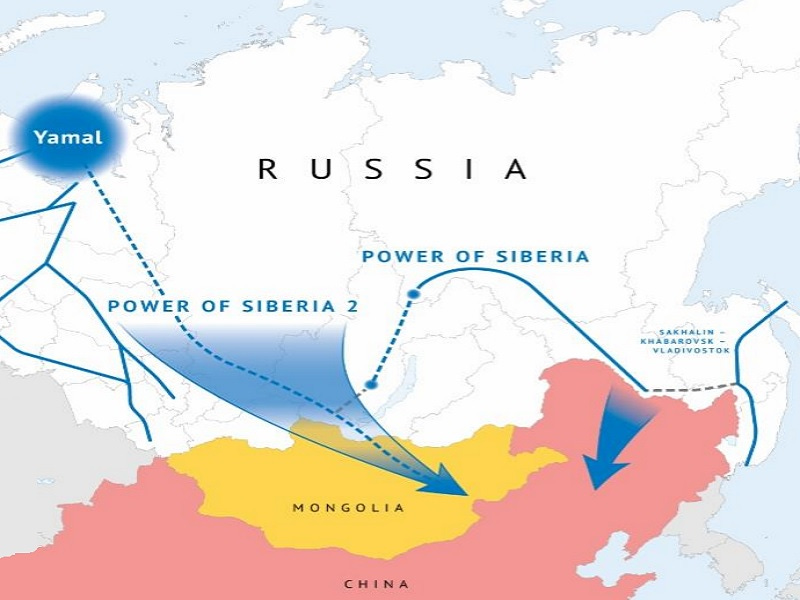Forex market interventions during surges in capital flows to contain the INR volatility lead to an increase in money supply or M3, which is found to be neither inflationary nor elicit a policy rate response by the RBI, according to the research paper published under the RBI working paper series.
“This points to RBI’s monetary policy independence not facing much constraints from its exchange rate policy and financial openness,” RBI deputy general manager Harpreet Singh Grewal and Chennai-based Shiv Nadar University Senior Professor Pushpa Trivedi said in a joint paper titled “ Monetary Policy Independence under a Flexible Exchange Rate Regime – The Indian Case”.
Intervention by the RBI, by way of purchase of dollars that increases forex reserves and reserve money, if not sterilised, can push down money market interest rates below the policy rate and lead to inflation. Consequently, an increase in the policy rate to address inflationary pressures may invite further yield-seeking capital flows. This may constrain the operation of monetary policy, it said.
“However, sterilisation is not required if the increase in reserve money aligns with the demand in the economy or an increase in reserve money is less than required,” the study further said.
Theoretically, the increase in money supply can be sterilised by the Reserve Bank through open market operations or market stabilisation scheme by selling an equivalent amount of domestic government securities.
“However, sterilisation has quasi-fiscal costs by driving down seigniorage when higher-yielding assets are replaced by lower-yielding ones. Also, the sale of domestic government securities drives interest rates upward inviting further capital flows,” the authors noted in the study.
The preliminary assessment by the authors suggests that even during times of foreign exchange market intervention by RBI, there has been low and stable inflation in the country. The study estimates the quantum and effectiveness of sterilisation and then estimates the impact of forex market interventions on the independence of monetary policy (operating target of monetary policy).
The results suggest that there is high degree of sterilisation of the increase in the money supply resulting from forex market interventions, but offsetting flows due to decline in net domestic assets and hardening of yields do not constrain monetary policy independence.
The study also finds that moderation in global risks leads to higher capital inflows into India. However, the consequent forex intervention to contain volatility of the INR and the resultant increase in M3 is neither inflationary nor elicits a policy rate response.
Currently, the central bank is facing challenges of massive intervention through dollar sales.








































